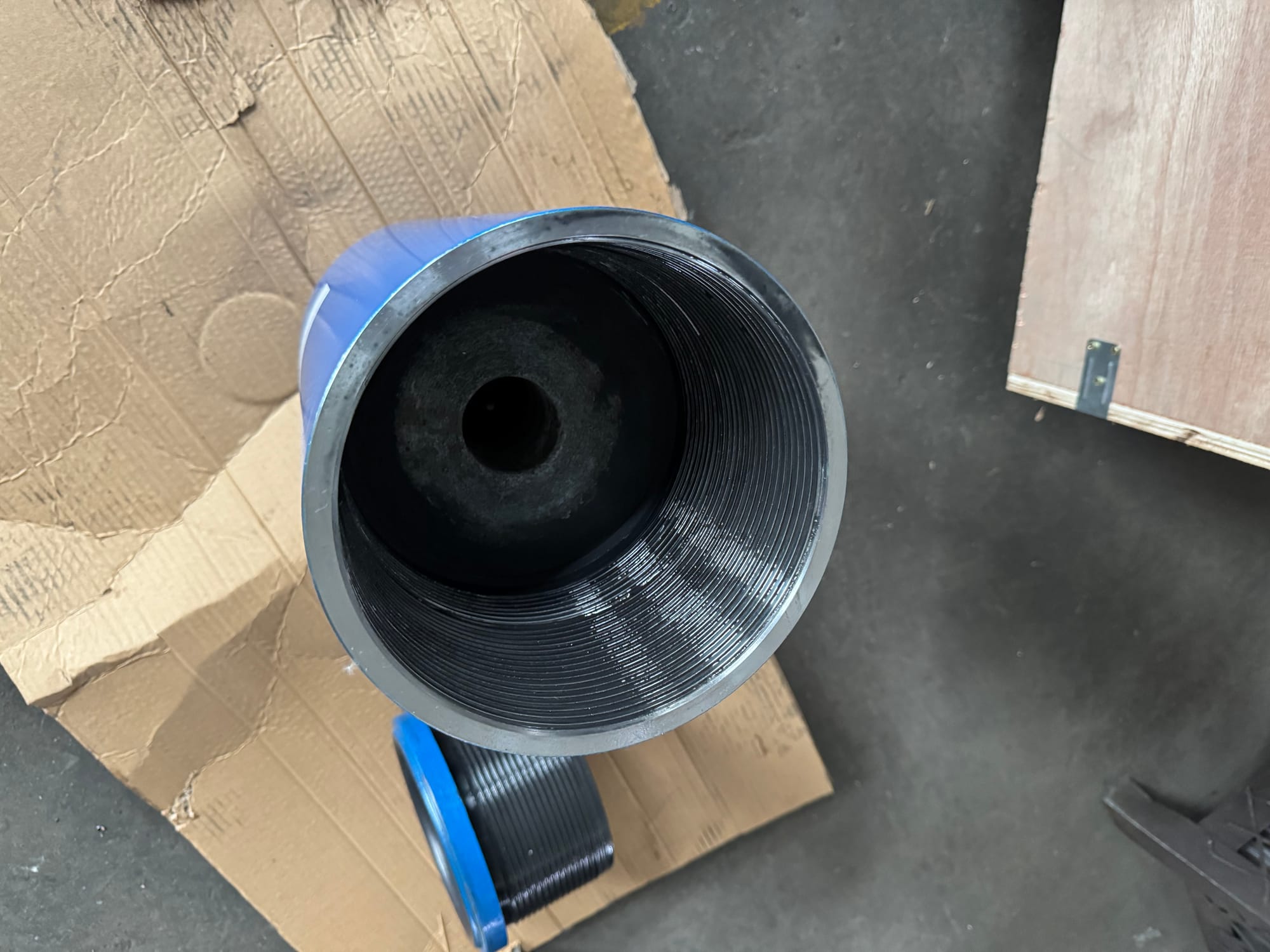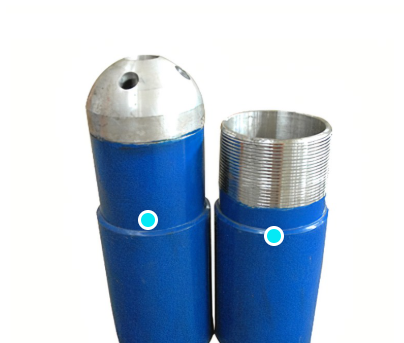5½Float Shoe
Position: Installed on the very bottom of the casing string.In simple terms: Float Shoe = Guide Shoe + One-Way Valve Design: Features a rounded, tapered, or diamond-hard nose (guide shoe). This design helps the casing navigate through tight spots, ledges, and directional sections of the wellbore without getting stuck. Function: Contains a one-way valve (usually a ball or flapper valve) and provides the guiding function for the string
$120.00
- Brand: Sunjoy
- SKU: 89
- Shipping:
- Return Policy: <div class="return-policy"> <h2>No-Risk Return Policy</h2> <p>Not 100% satisfied? We make returns easy.</p> <div class="highlight-box"> <h3>🔄 30-Day Returns</h3> <p>Return any item in original condition within 30 days for a full refund.</p> </div> <h3>📦 How to Return:</h3> <ol> <li><strong>Contact us</strong> at returns@yourstore.com with your order number</li> <li><strong>Get approval</strong> + return shipping label (if applicable)</li> <li><strong>Ship back</strong> via prepaid method</li> </ol> <h3>❗ Important Notes:</h3> <ul> <li>Refunds exclude original shipping fees</li> <li>Customs duties on international returns are non-refundable</li> <li>Final sale items marked "Non-returnable" are excluded</li> </ul> <p>🔔 <em>Need help? Chat live with our support team → [右下角聊天图标]</em></p> </div>
Learn More
Float Shoe
1. Definition
A float shoe is a one-way valve device installed at the bottom of a casing string in oil and gas drilling operations. Typically constructed from high-strength steel, it features a rounded guide nose (or "bullnose") and an integral check valve. Its design combines guiding, backflow prevention, and casing protection functions.
2. Main Applications
The float shoe is critical to casing running and cementing operations, with the following core uses:
- Casing Running Guidance: The rounded bullnose tip helps the casing string navigate through deviated, horizontal, or complex wellbores smoothly, reducing friction and preventing casing stuck or wellbore damage.
- Drilling Fluid Backflow Prevention: The built-in check valve (e.g., flapper valve, ball valve) blocks reverse flow of drilling fluid, cement slurry, or formation fluids into the casing during and after casing running. This avoids "U-tube effect" and ensures casing integrity.
- Casing Shoe Protection: It acts as a buffer between the casing bottom and the wellbore bottom, preventing direct impact of the casing on the formation or wellbore wall, which could cause casing deformation or formation damage.
- Cementing Quality Enhancement: By controlling fluid flow during cementing, it ensures uniform distribution of cement slurry around the casing, improving the bond between casing and formation and preventing annular gas migration.


3. Model Classification
Float shoe models are not fully standardized globally but are generally classified based on casing size, pressure rating, connection type, and application scenario. Common classification criteria include:
| Classification Criterion | Typical Specifications |
|---|---|
| Casing Size (OD) | 4-1/2", 5-1/2", 7", 9-5/8", 13-3/8", 18-5/8" (matches casing outer diameter) |
| Pressure Rating | 3000 psi, 5000 psi, 10000 psi, 15000 psi (API standard pressure ratings) |
| Connection Type | Threaded (e.g., API BTC, LTC, STC), Welded |
| Application Scenario | - Standard well: For conventional vertical/ deviated wells - HPHT (High Pressure High Temperature) well: For wells with >150°C temperature and >10000 psi pressure - Horizontal well: With enhanced wear-resistant bullnose |
4. Typical Model Examples & Coding Explanation
Manufacturers often use alphanumeric codes to identify float shoe models. Below are common examples:
Example 1: FS-5-1/2-5K-BTC
- FS: Abbreviation for "Float Shoe"
- 5-1/2": Matches 5-1/2" casing size
- 5K: Pressure rating (5000 psi)
- BTC: Connection type (API Buttress Thread Connection)
Example 2: HPHT-FS-9-5/8-10K-STC
- HPHT: Designed for high-pressure high-temperature wells
- 9-5/8": Matches 9-5/8" casing size
- 10K: Pressure rating (10000 psi)
- STC: Connection type (API Short Thread Connection)
5. Key Technical Parameters
| Parameter Category | Typical Range | Description |
|---|---|---|
| Maximum Working Pressure | 3000–20000 psi | Depends on well pressure; HPHT models support higher ratings. |
| Maximum Working Temperature | -20°C–200°C | Standard models: ≤150°C; HPHT models: 150°C–200°C. |
| Material | AISI 4130, AISI 4140 | High-strength alloy steel for wear and corrosion resistance. |
| Check Valve Type | Flapper, Ball | Flapper valves: Compact; Ball valves: Higher flow capacity. |
| Bullnose Material | Steel, Tungsten Carbide Coated | Tungsten carbide coating enhances wear resistancefor horizontal wells. |